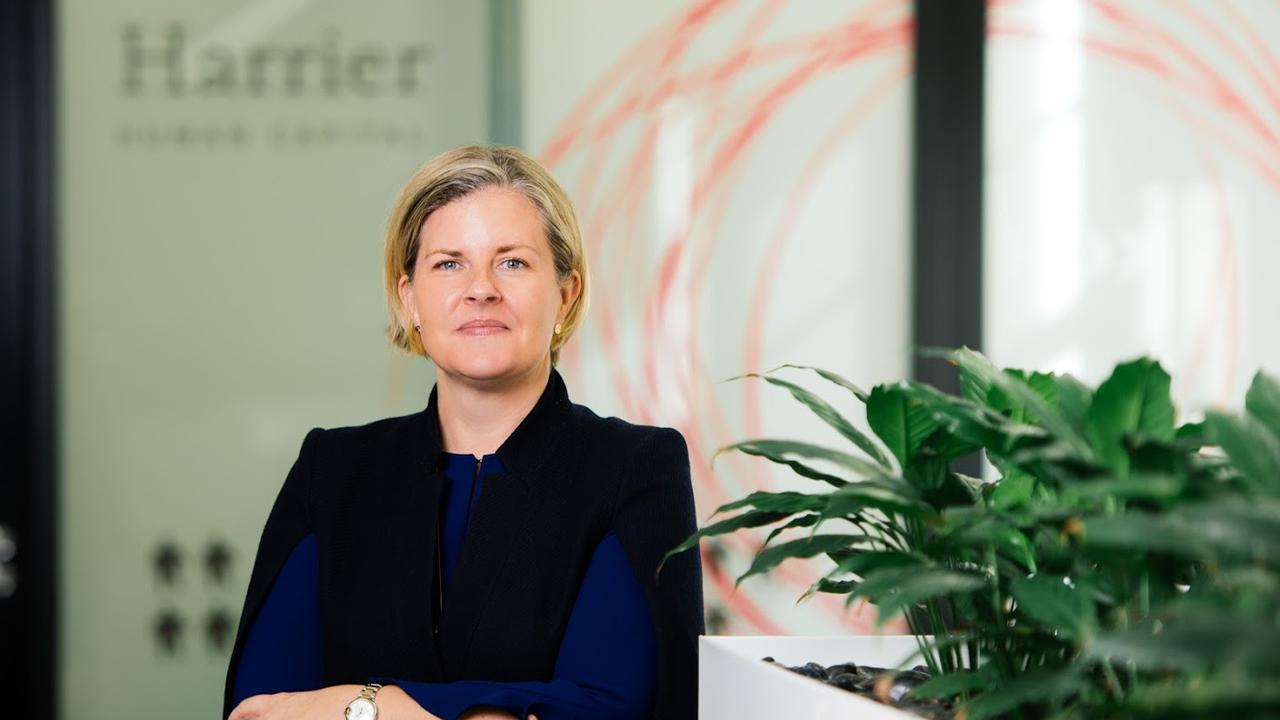How to license your start-up’s software
A decade ago, trying to license your start-up’s software to another company was really hard. Today things are different.

There’s a point in the life of most start-ups when someone comes back from a meeting to see the product team, and they say something along the lines of, “the person I met says their company doesn’t want to be a customer, but they would love to rebrand it and offer it to their own customers” or “this really big software company/corporate would like to integrate some features from our product with their own complementary set of features”. Often it can look like a really attractive commercial opportunity, helping you reach a much bigger market than you can afford to market to yourselves, adding incremental revenue streams, and ideally, both. Usually, that conversation’s going to start the product team rolling their eyes and sighing theatrically, but in reality, it used to be much harder than it is today.
A decade ago, trying to license your start-up’s software to another company (say, a large enterprise, a start-up with a complementary product, or a big software vendor) was really hard. Most software wasn’t built to be rebranded (also called “white-labelling”) and to make it fit into a licensee’s user experience might involve creating and maintaining a whole separate ‘fork’ of your platform’s software for the duration of the relationship. Most software wasn’t built with a view to passing data back and forth between products, and even web platforms had trouble passing users, data or content to each other.
Now, the growing adoption of Application Programming Interface (API) and modern development tools make it a lot easier to integrate your product with someone else’s product, keep it running, share customers and revenue.
But this story isn’t about how you should go about doing distribution or white-labelling, it’s about how you should plan to negotiate the commercial terms that govern this new partnership.
Kinds of licensing deal
Usually, when some other organisation wants to licence your tech, they will offer some non-cash benefits to see if you were a sucker born just a minute ago. “Don’t you know we’re the fifth biggest bank in the country? Having our brand on your product is going to give you the legitimacy you’re lacking” or “Our huge marketing team is going to reach out to our million customers and you’ll be flat-out just coping with the demand”.
Licensing deals that put your brand on their product or their brand on your product are usually called “co-marketing” or “co-branding” deals, and people from marketing or brand backgrounds tend to over-estimate how little benefit there is for a start-up in any kind of branding, versus how much it is in urgent need of customers, and revenue.
Distribution deals are when you’re courted by an organisation with a lot of customers, such as a big bank, or a particular kind of geographic or demographic reach that would otherwise be hard to get (such as a music label or sporting association) says, “you should let us tell our customers to buy your product”. Your partner in a distribution deal is likely to mistake their success in marketing their own brand and products to their own customers as evidence that they will be successful marketing yours to those same customers. Chances are, they will not be as successful as they (and possibly you) think.
White-label deals require you to make your product look and feel like it’s part of your partner’s own customer experience, with varying of degrees of changes that may include colours, shapes and positions of interface elements, shared headers/footers and menus, changes to customer emails, push notifications and SMS, shared login, user data and back end systems such as analytics, billing and customer service. You and your white-label partner are likely to start at opposite ends of the how-much-should-we-change spectrum and if you are able to come to agreement, may then have to incur significant delays on your main product development while your product team takes time out to build the white-label version.
My advice in any of these different kinds of deals is to never make the mistake of agreeing to have your product or your functionality available to some other company’s customers in return for some brand exposure or marketing effort. Maybe they’ll be a great partner and maybe they won’t, but cash money can solve all kinds of problems. You can’t pay the rent with brand exposure and you are more likely to run out of funding before you become a household name, whatever they assure you they can do.
So, how do you maximise the cash value of a licensing deal?
Don’t mention the price
The first principle of licensing deals (and in fact most sales) is to try to make the other party name a price first. Why? Because it’s your only opportunity to avoid pricing your product lower than they would have been prepared to pay. It’s worth going right out of your way to get them to name a price first, because you’d be surprised to find how many times the other guy’s opening number is much higher than yours.
The next principle is: it doesn’t really matter whether the deal is fair to the other party or not. What feels fair to you is immaterial, and if you’re truly solving a valuable problem for them, they will eventually be prepared to pay more than you feel is fair, as the value of the relationship dawns on them during the course of the relationship.
Further, due to a particular variety of cognitive bias known as the ‘focusing effect’, even fairly-priced deals tend to be seen as unfairly-priced by the licensee over time, especially if, later, competitors try to undercut you on price. Fairly-priced relationships seem to last about the same amount of time as unfairly-priced relationships, so try to get as much as you can for your license.
They will push back in a few ways: by inflating their ability to generate new customers and sales, inflating the value of non-cash benefits such as brand and marketing, and potentially reaching out to competitors. Stick to your guns: better to have no deal than a bad deal.
That’s likely to mean the deal takes longer to negotiate than you expect, but that’s not all — expect servicing your licensing deal to take a lot more time and effort than you expect if this is your first deal. Servicing will include partner meetings, generating partner reports, chasing up payments and supporting the product and customer support needs of the deal. So try to price that in when you’re adding a margin to a servicing cost. There will always be unexpected costs that the partner will try to push on to you. And it will always take more coding to build them a white-label solution than you expect.
Deals in which you’re mainly rewarded on a peruse basis may seem fairer and cheaper to the licensee, so those deals are usually easier to close. But be wary of them because the licensee actually has most of the power to determine how many customers use your functionality each month (through user interface design and marketing promotion). Even when your functionality is being throttled by lack of marketing promotion, the licensee will still blame you for the disappointing usage levels and try to dial down the licensing fees at the next renegotiation point.
Finally, a high-value deal which only lasts one term is ultimately more valuable to you than a low-value deal that lasts multiple terms. However this business pans out, it’s unlikely to be as a white-label or co-brand provider for other companies and their customers. Most start-ups fail, and a few merge, get acquired, or IPO. Some of those mergers and acquisitions started out as licensing relationships but don’t get swept up in the five-year potential of a deal that may only last a year — most licensing deals end with the partners as adversaries, competitors, or jilted lovers, not a merged company. With that in mind, you need your licensing deal to help you grow your own stand-alone business as quickly as possible, by providing meaningful revenue and customer growth.
Alan Jones is an Entrepreneur in Residence with BlueChilli and KPMG, a mentor to start-up founders and an active early-stage tech angel investor. Disagree with him on Twitter at @bigyahu




To join the conversation, please log in. Don't have an account? Register
Join the conversation, you are commenting as Logout